Last month to shop K-Beauty on STYLE STORY. We’re moving to K-Beauty consultancy. Details
Menu
K-Beauty Scams 2025: Are You Buying the Hype or Real Results?
October 10, 2025

|
Shop Now
"Korean regulators banned human-derived exosomes in 2025. Most products now use exosome-inspired ingredients - not actual biologics."
STYLE STORY
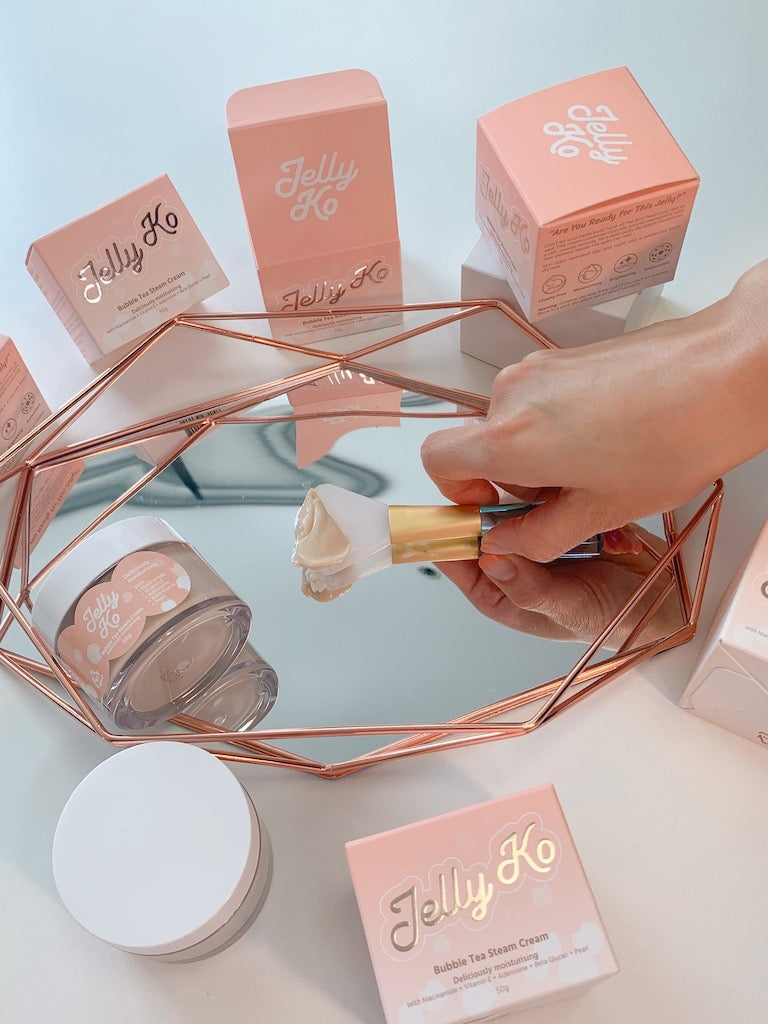
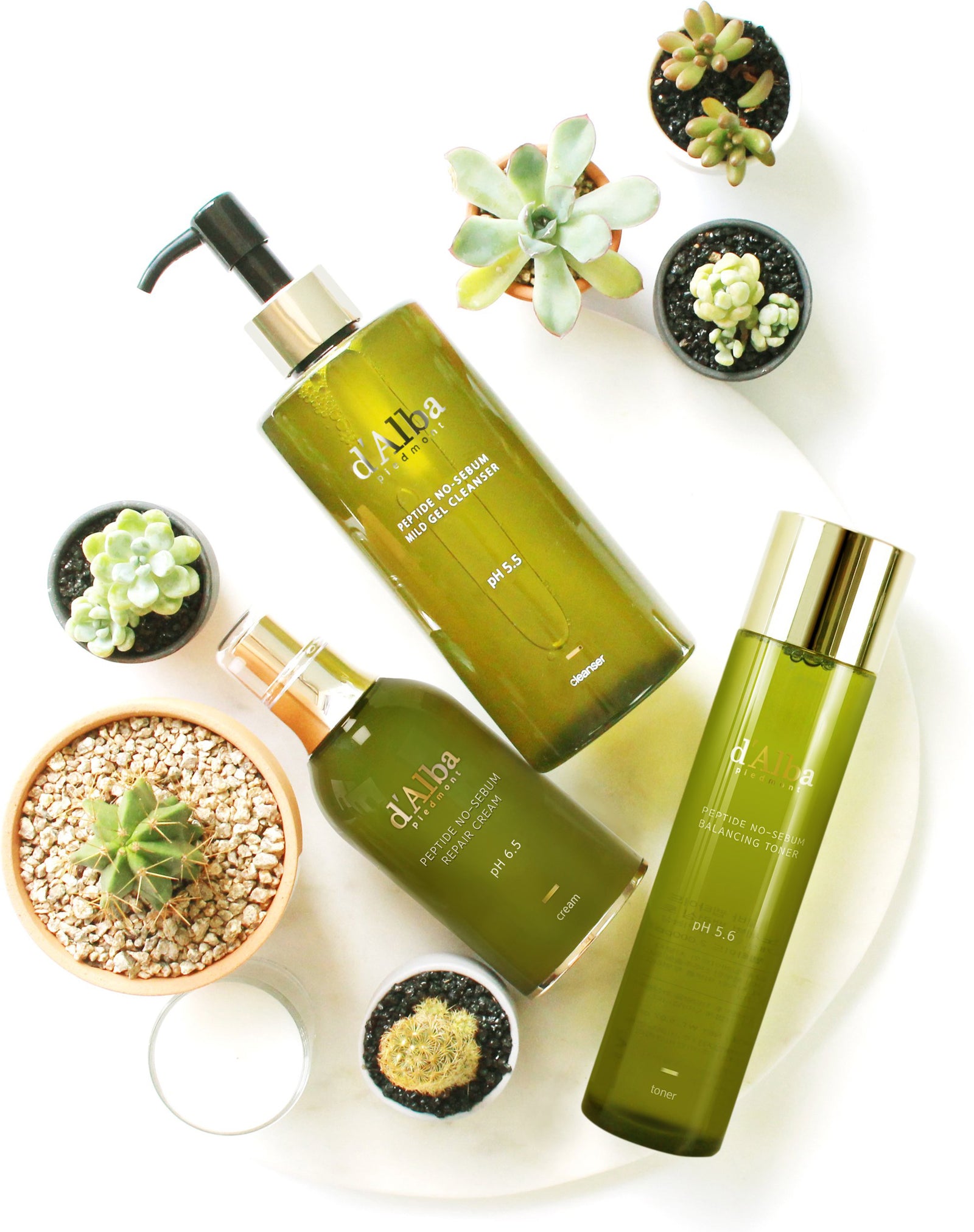



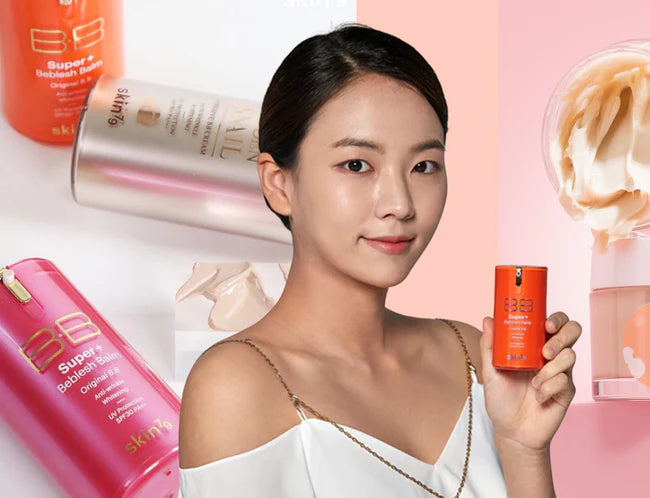
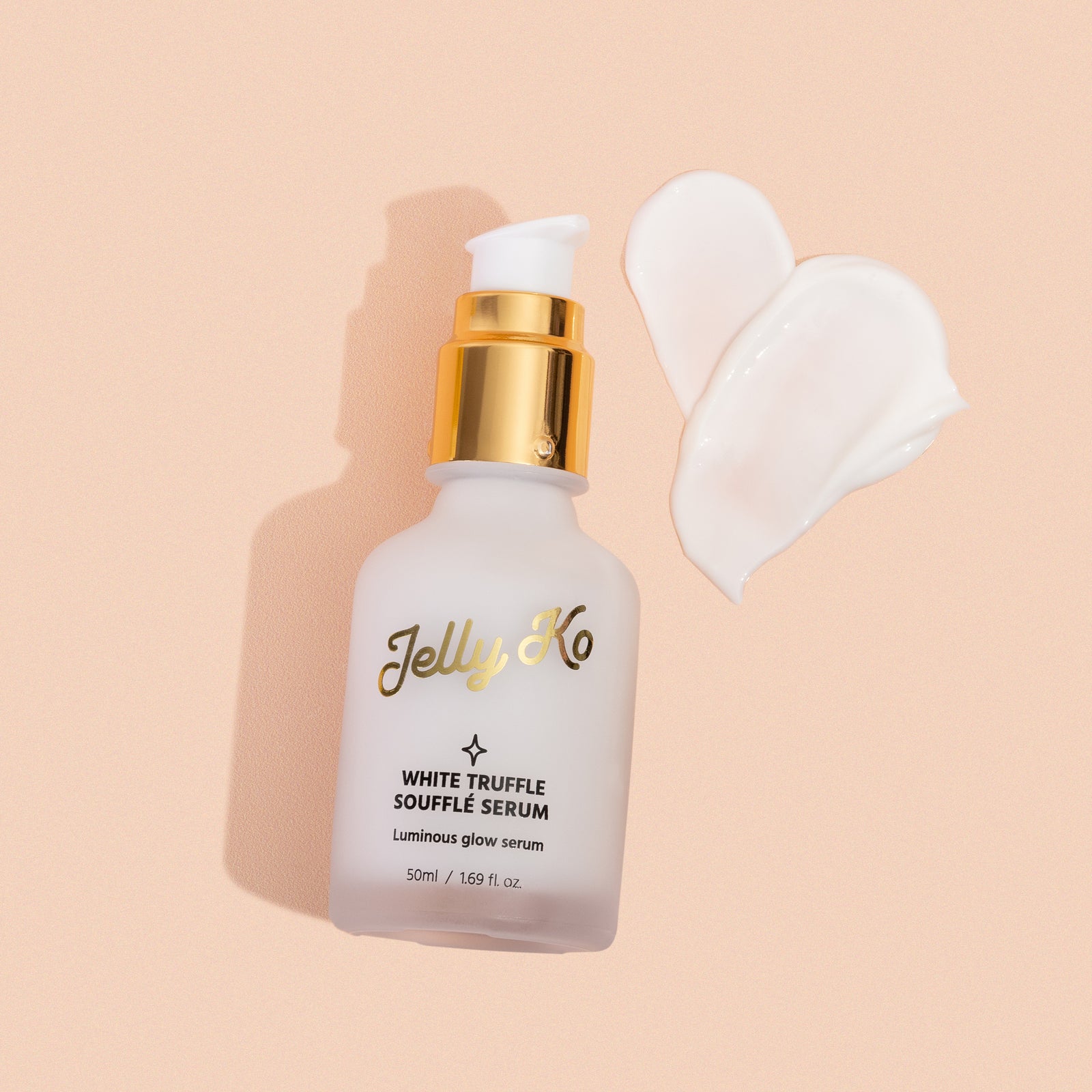
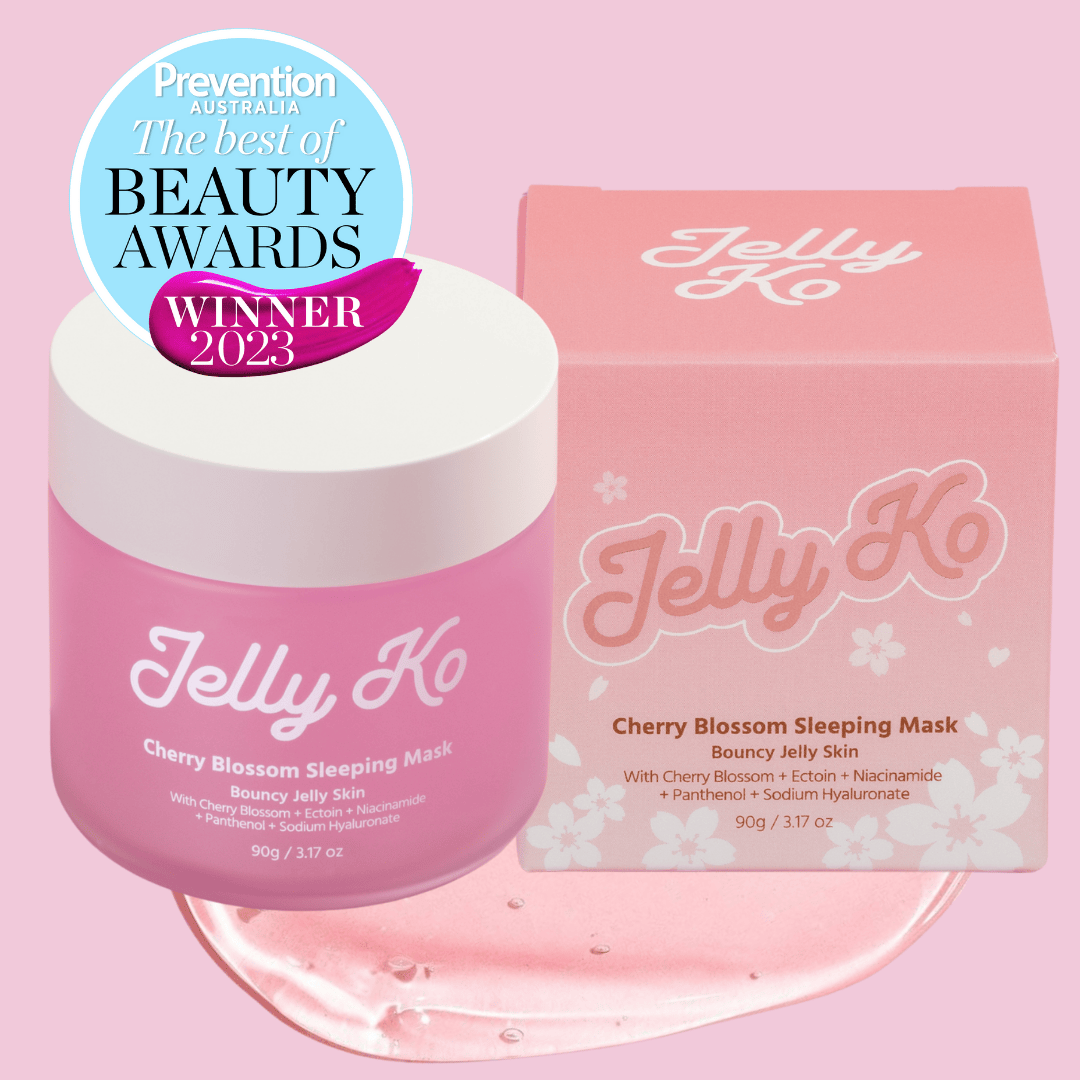
Leave a comment
Comments will be approved before showing up.